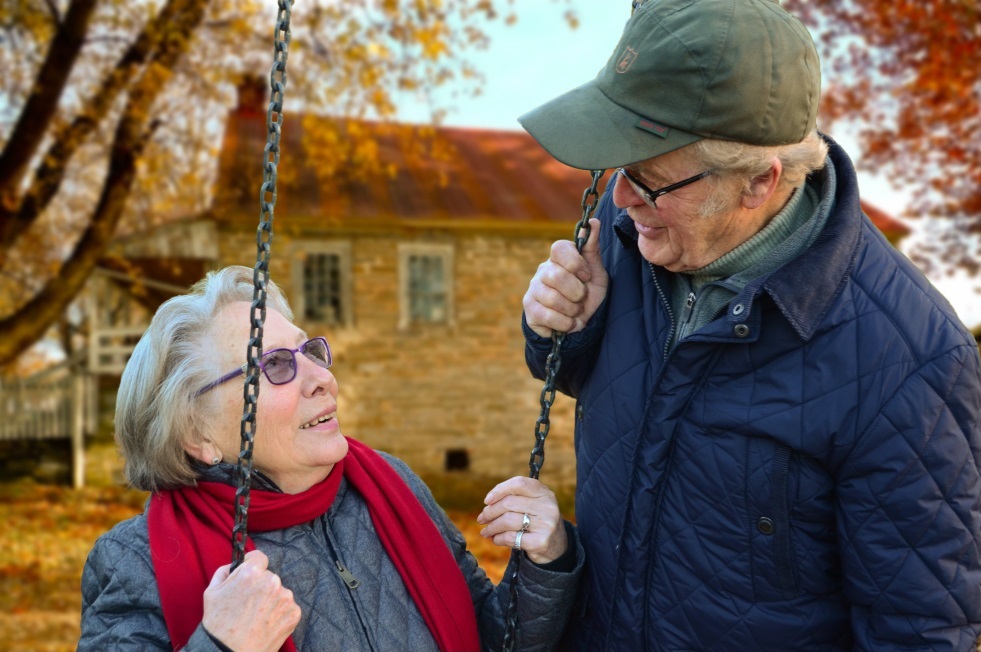Engaging older people is often overlooked in the attempt to rectify pitiful levels of engagement among young people. Given that they have the most lived experience, this really doesn’t make sense – particularly as staying socially engaged is known to improve health and longevity in older people.
We have seen a few attempts at ‘assisted digital’, giving older people the confidence to use technology and we think that it’s an excellent way to engage too. Similarly, intergenerational engagement is yielding rave reviews.
One lesson is to be careful about stereotypes of older people – in all respects of life. For example, the majority of people in their 50-70s have access to the internet, social media or other technologies. That’s not to say they wouldn’t prefer to work more with traditional media (and we think there are too few options for using the phone as a feedback mechanism these days!).
Older people are certainly not past being consulted with but they have their own traits. For example, they may use the internet less frequently than younger people and are much more likely to use a desktop computer than a tablet or laptop. They tend to use technology to be more social.
There are also adaptations that can be made in terms of approach. Older people should be treated with special respect (you notice we don’t use the word ‘elderly’) and special measures are needed to address any health-related barriers. That last point is universal, many of us can do better at making consultations more ‘easy read’ – avoiding small fonts and giving clear instructions – or ensuring public meetings are held in accessible venues with blue badge parking bays.
Yet it’s not just about adjusting your design approach – understanding the impacts of change proposals on family or carers and the impacts in terms of health inequalities are rarely well captured. More universally, understanding the effect of ageing on any service provision.
The Fairer Scotland Framework for Older People is a great place to start looking for a demand. It says that older people want action to ensure they have access to:
- opportunities to remain actively engaged with, and involved in, their communities
- measures to improve community safety and reduce their vulnerability to scam callers and other kinds of elder abuse
- concessionary travel and transport
- activity that brings different generations together
- adequate housing that continues to meet their needs as they age.
Arguably there does not need to be any adaptation – we should just work to the lowest common denominator in terms of accessibility. That is a universal solution to helping reach all kinds of seldom heard audiences. What are your tips for engaging older people? We’d love to know.

